Dosa Recipe: Your Go‑to Guide for Perfect South Indian Crepes
When working with dosa, a thin, fermented rice‑and‑lentil crepe from South India. Also known as Indian pancake, it relies on a balance of texture, flavor, and timing to deliver that signature crisp‑edge, soft‑center bite.
One of the most common hurdles is mastering the dosa batter, the fermented mixture of rice, urad dal, and sometimes fenugreek seeds. The batter’s success hinges on two side‑players: curd, the natural yogurt that kick‑starts fermentation and baking soda, a leavening agent that can boost fluffiness when added at the right moment. Together they shape the sour note, airy texture, and quick rise that separate an average crepe from a restaurant‑quality dosa.
Key Factors for Perfect Dosas
First, dosa recipe basics: soak rice and urad dal separately for at least four hours, then grind to a smooth paste. Add curd at a 10‑15% ratio of the batter volume to nurture the natural bacteria that produce the gentle tang. Let the mix ferment in a warm spot for 8‑12 hours; the longer the fermentation, the deeper the flavor, but don’t overdo it or the batter turns overly sour.
Second, the temperature of your pan matters more than you think. A medium‑hot, well‑seasoned cast‑iron or non‑stick griddle gives a uniform crisp without burning the edges. Spread the batter thinly, drizzle a few drops of oil, and wait for tiny bubbles to pop before flipping—or serve it as a single‑sided crackle if you like extra crunch.
Third, experiment with regional variations. In Karnataka, a pinch of roasted cumin powder adds earthiness; in Tamil Nadu, a splash of coconut milk makes the dosa richer. These tweaks illustrate how dosa bridges tradition and personal taste, letting home cooks customize their crepes while staying true to the core fermentation process.
When you’re in a rush, fast‑ferment tricks can save the day. Adding a tiny amount of baking soda right before cooking, as described in our article on “Perfect Dosage: How Much Baking Soda To Use in Dosa Batter for Fluffy Results,” injects carbon dioxide, giving the batter a quick lift. Pair that with a warm water bath for the batter and you’ll get a usable batter in under two hours—still tasting mildly sour but much lighter.
Beyond the batter, side dishes complete the dosa experience. Classic coconut chutney, tangy tomato sambar, or a spiced potato filling turn the plain crepe into a full meal. Understanding how each accompaniment balances the dosa’s texture helps you plan a cohesive plate rather than a random assortment.
Our collection below dives deep into each of these pillars. You’ll find a step‑by‑step guide on fermenting batter instantly, the science behind why curd matters, and even a breakdown of how baking soda changes the dough’s chemistry. Whether you’re a beginner looking for a fail‑proof first try or an experienced cook tweaking flavors, the posts ahead cover every angle.
We also touch on common pitfalls: flat dosas, batter that won’t ferment, or overly sour outcomes. Articles like “Why Isn't My Dosa Puffing?” and “Ferment Dosa Batter Immediately: Fast Methods That Actually Work” give troubleshooting tips straight from seasoned chefs, so you can diagnose and fix problems on the fly.
Finally, think of dosa as a canvas. Its versatile nature means you can experiment with whole‑grain rice, millet, or even quinoa for a healthier spin, as explored in our piece on “Healthiest Fruit” that, while about fruit, underscores the importance of nutrient‑dense choices in Indian cooking. The same principle applies when you swap traditional ingredients for lighter alternatives.
Ready to roll up your sleeves? The articles listed below will walk you through each stage, from batter prep to serving ideas, ensuring you master the art of South Indian crepes with confidence and flavor.
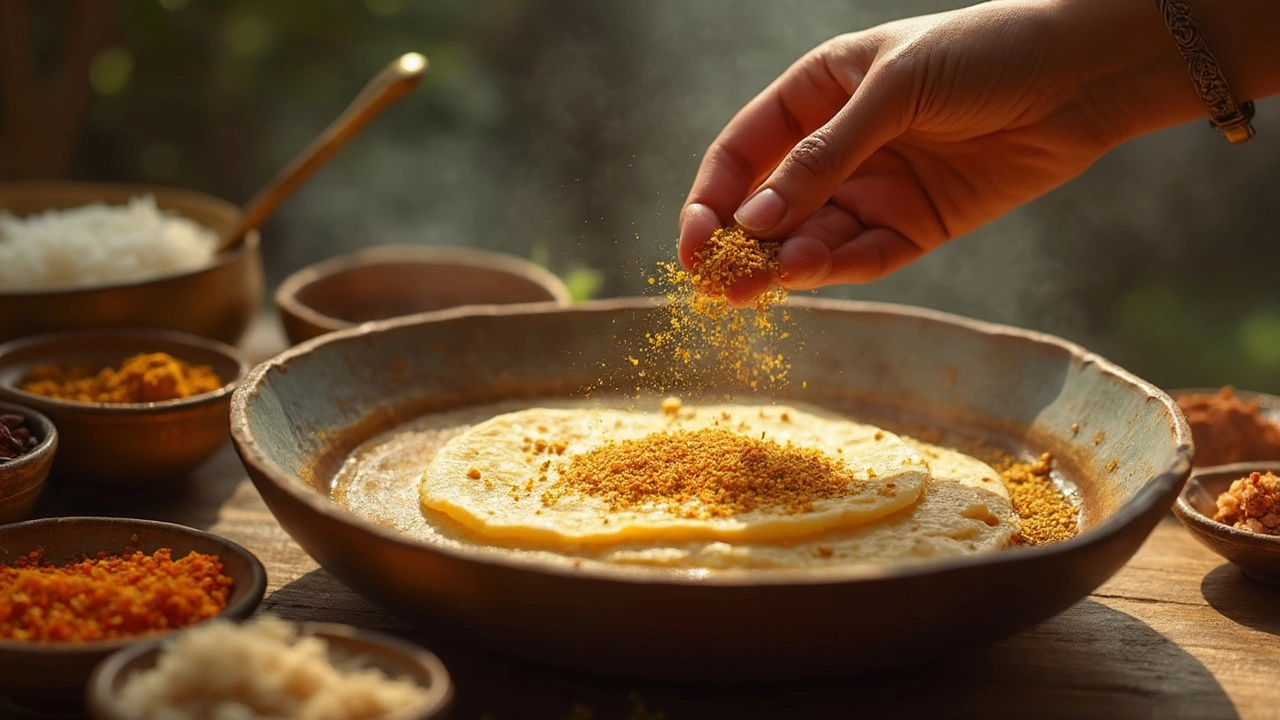
Fenugreek in Dosa Batter: The Real Reason It’s Never Left Out
Ever wondered why fenugreek seeds show up in almost every dosa batter recipe? This article digs into what fenugreek actually does for dosa, from taste to texture to health. Get clear answers on how much to use and whether you can skip it. You'll pick up a few practical tips that make your batter better. Even if you're new to dosa-making, you'll find solid reasons never to leave fenugreek out.
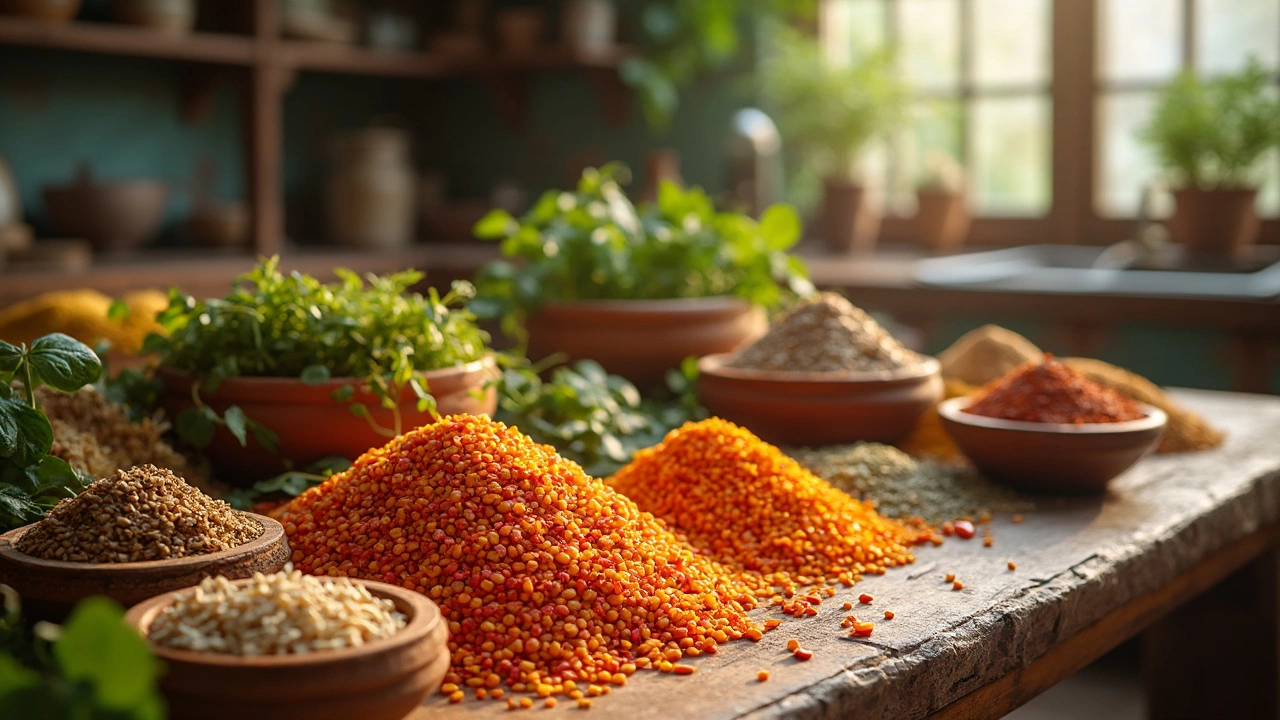
How to Reduce the Glycemic Index of Dosa
Ever wondered how to enjoy dosas without a sugar spike? Lowering the glycemic index of this traditional dish makes it healthier for everyone, especially diabetics. The key lies in ingredients and simple tweaks in preparation. You'll learn practical tips to savor dosas guilt-free.
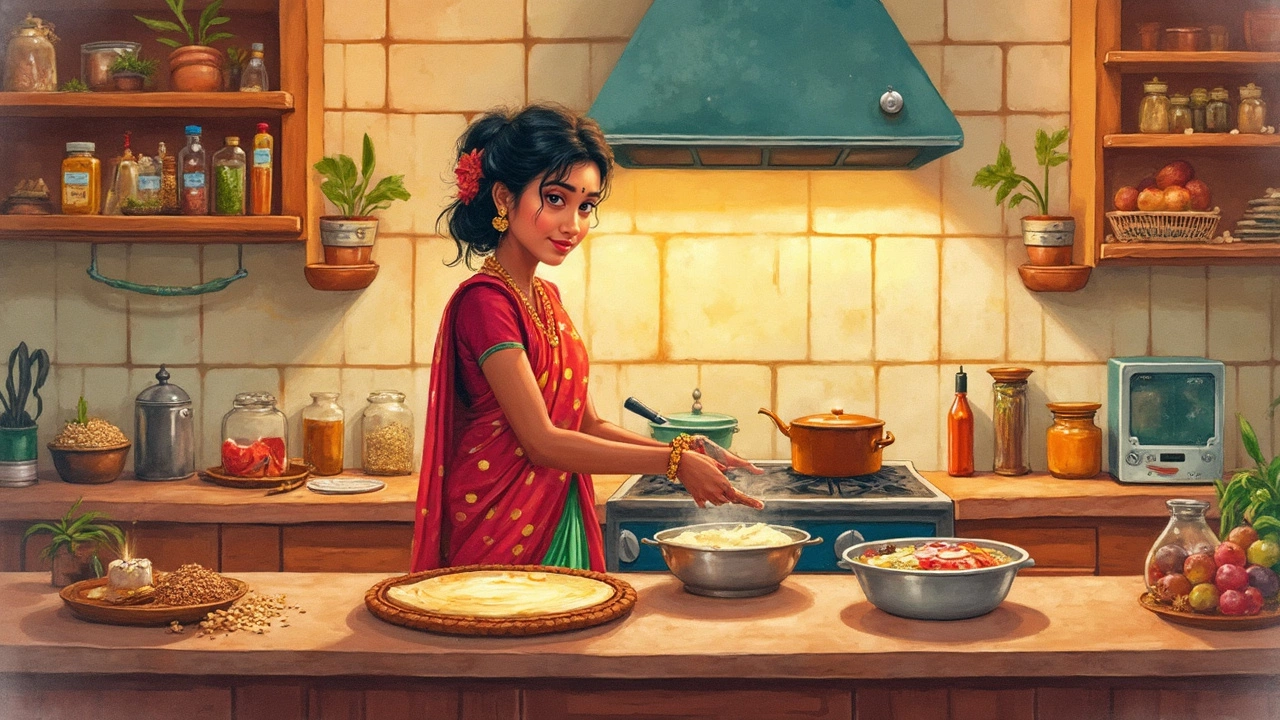
Fast Dosa Batter Fermentation: Tips You Need to Try
Speeding up dosa batter fermentation can be a game-changer for quick home cooking. This article shows you quick techniques to get that crispy dosa in less time, like using warmth from your kitchen gadgets or adding grains for a boost. You'll discover how tweaking little steps can make a big difference.
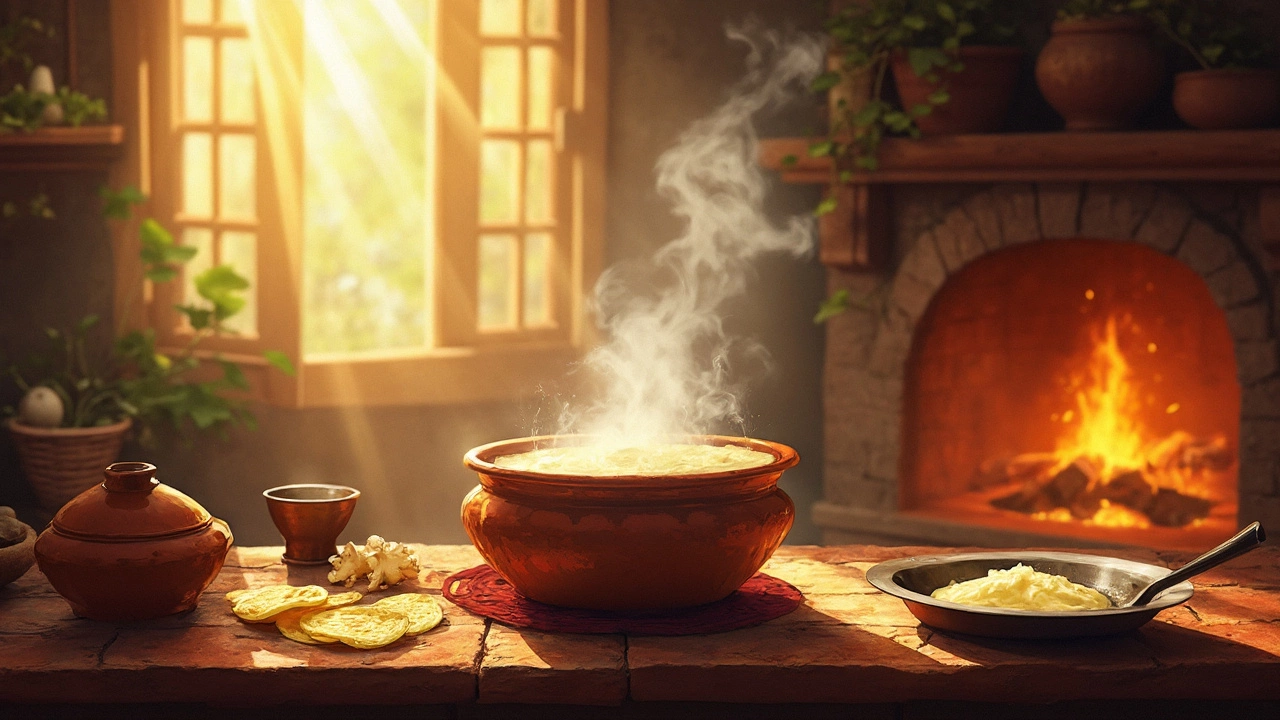
Fast-Track Your Dosa Batter Fermentation
Fermenting dosa batter faster can be a game-changer for anyone who loves this traditional South Indian dish. We'll dive into practical and easy tricks that cut fermentation time in half. From warm spots in your kitchen to the surprising help of certain ingredients, this guide is packed with tips. Discover how you can start enjoying fresh, crispy dosas without the usual overnight wait.

Speedy Fermentation: Dosa Batter Without Yeast
Fermenting dosa batter faster without using yeast is totally possible with a few tweaks. Learn how warm environments, optimal soaking times, and alternative ingredients can give you that perfect batter in record time. This guide will provide practical tips, helping you enjoy that crispy dosa whenever you crave it. Whether you're a seasoned cook or a beginner, these steps will simplify your dosa preparation process.
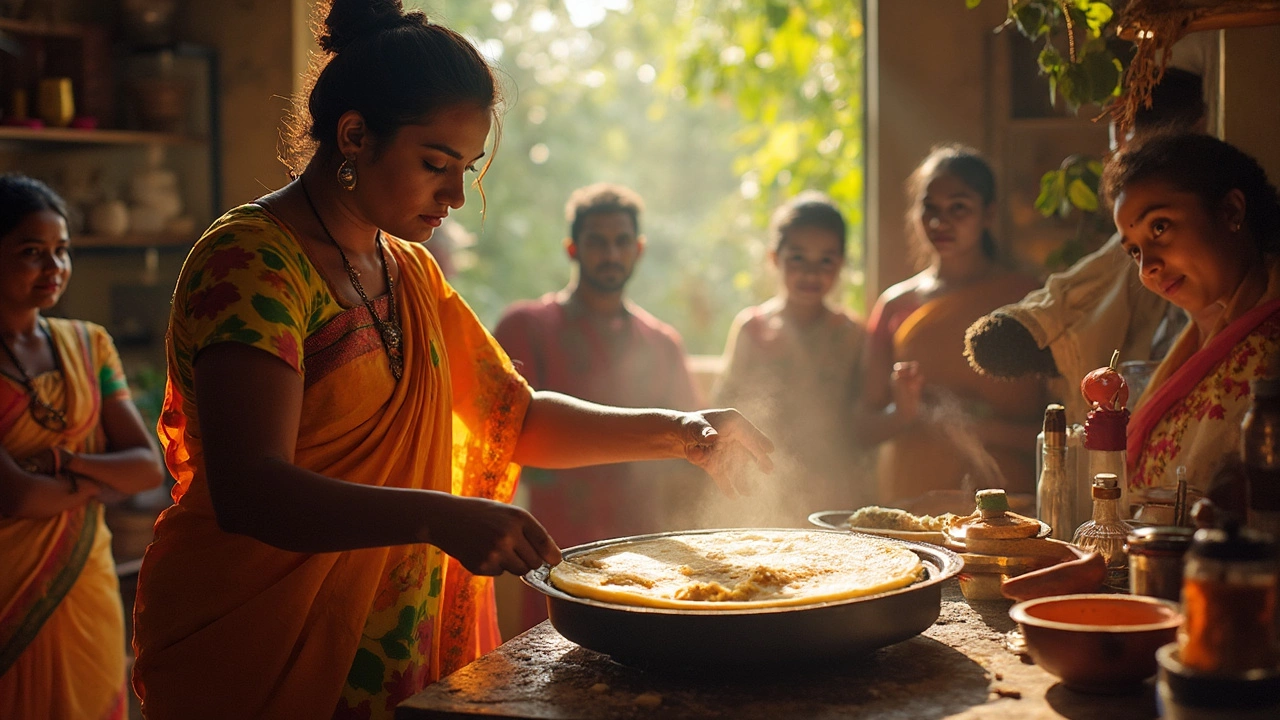
Fastest Way to Achieve Soft Dosas Without Yeast
Mastering the art of making soft dosas without yeast has never been more straightforward. This article explores a quick and efficient method to achieve that perfect dosa texture. Alongside step-by-step guidance, discover some useful tips, whether you're a seasoned cook or a kitchen novice, on riveting your breakfast game with this delightful Indian staple. With simple ingredients and a little bit of patience, you can whip up soft, fluffy dosas that kick start your day.
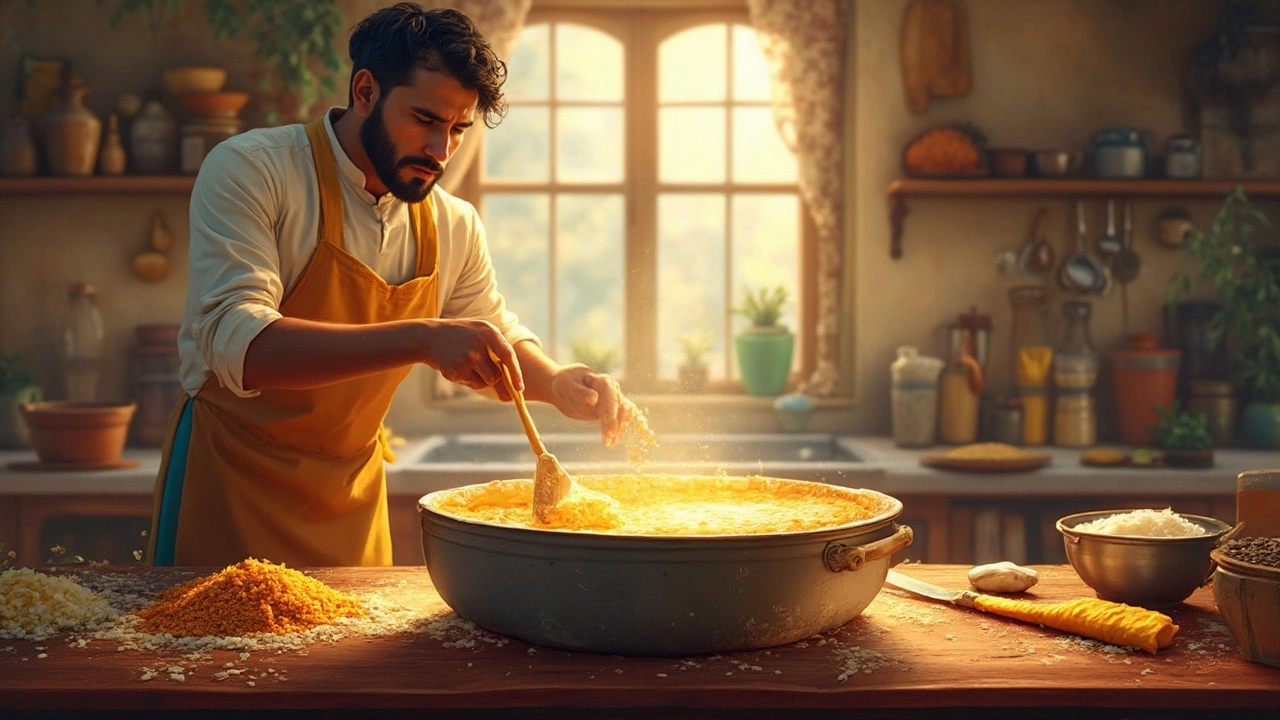
Fast Ways to Ferment Dosa Batter Without Yeast
Fermenting dosa batter quickly without using yeast is a challenge many home cooks face. This guide explores proven methods to speed up the fermentation process, leveraging natural ingredients and specific environmental conditions. You'll learn about ideal temperatures, secret kitchen hacks, and some do's and don'ts to ensure your dosas are always deliciously crispy. Say goodbye to waiting and hello to quicker dosa preparation!

Is Adding Yeast to Dosa Batter a Game Changer?
Exploring the debate around adding yeast to dosa batter, this article delves into how yeast can influence fermentation, texture, and taste. Discover the pros and cons of this approach, as well as alternatives for achieving that perfect dosa crispiness. Get tips on balancing modern kitchen conveniences with traditional flavors. Ideal for home cooks seeking to enhance their dosa-making skills.